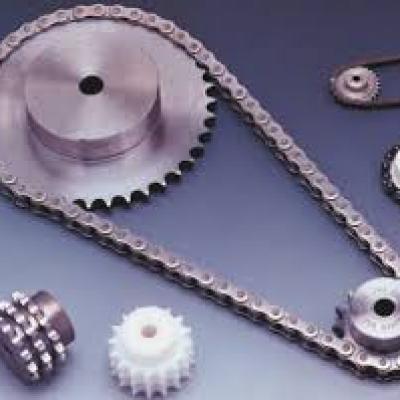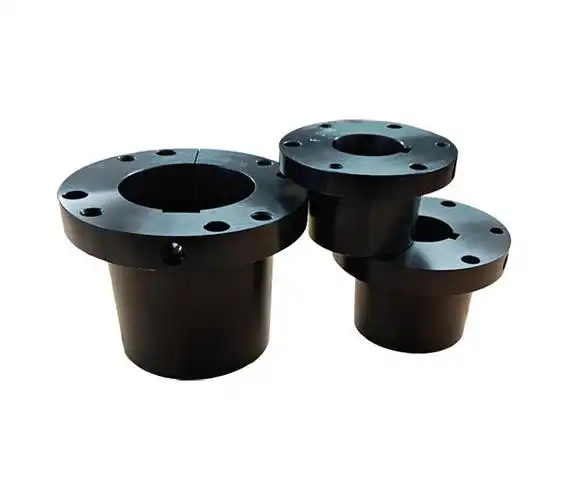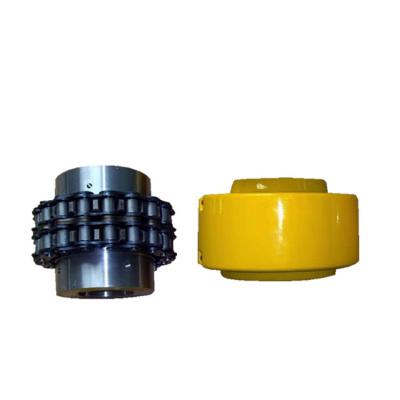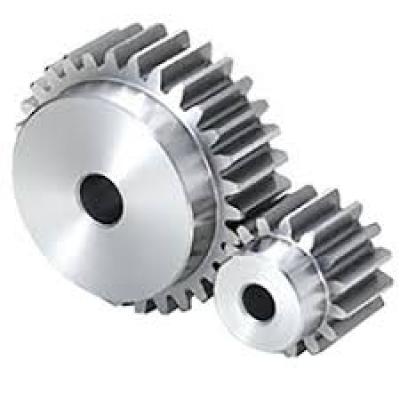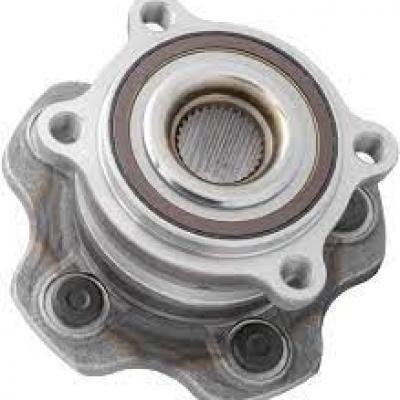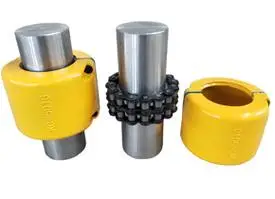The difference between synchronous wheels pulley and belt pulley
Synchronous wheel pulleys and belt pulleys are both types of pulleys used in power transmission systems. Here are the key differences between them:Synchronous Wheel Pulleys:
Design: Synchronous wheel pulleys have teeth or grooves that match with corresponding teeth on a synchronous belt. These teeth provide positive engagement, ensuring precise and synchronous power transmission.
Power Transmission: Synchronous wheel pulleys use synchronous belts with teeth to transfer power. The teeth on both the pulley and the belt mesh together, preventing slippage and enabling accurate timing and synchronization between the driving and driven shafts. They are commonly used in applications where precise speed control and synchronization is crucial, such as in industrial machinery, robotics, and printing presses.
Belt Pulleys:
Design: Belt pulleys typically have smooth or V-shaped grooves to accommodate flat or V-belts. The belts wrap around the pulley's groove, relying on friction to transmit power.
Power Transmission: Belt pulleys transfer power through friction between the belt and the pulley. The tension in the belt provides sufficient grip to prevent slipping. They are commonly used in applications such as conveyor systems, HVAC systems, automotive engines, and other machinery where moderate power transmission is required.
Key Differences:
Synchronous wheel pulleys have teeth or grooves, while belt pulleys usually have smooth or V-shaped grooves.
Synchronous wheel pulleys use synchronous belts with matching teeth for precise timing and synchronization, whereas belt pulleys rely on friction between the belt and the pulley.
Synchronous wheel pulleys are suitable for applications that require accurate speed control and synchronization, while belt pulleys are more commonly used for general-purpose power transmission.
Synchronous wheel pulleys offer higher precision and minimal slippage due to their positive engagement design, while belt pulleys provide smoother operation and can tolerate some misalignment.
When selecting between synchronous wheel pulleys and belt pulleys, it is important to consider the specific requirements of the application, including the need for precise timing, synchronization, power transmission capacity, and ease of installation and maintenance.
